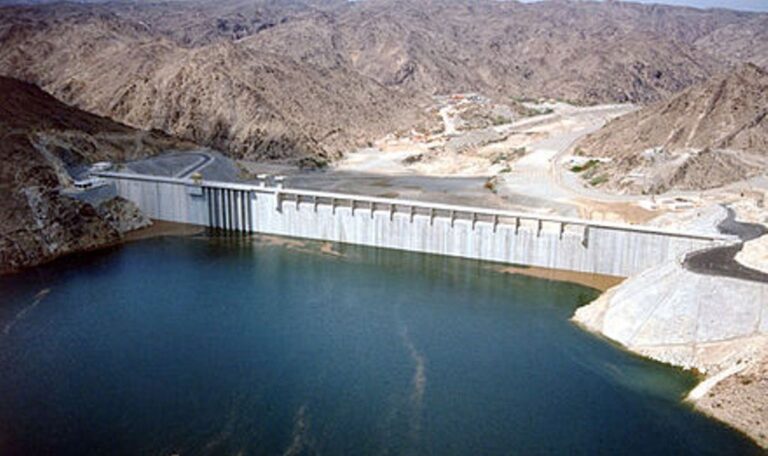Scientists in Saudi Arabia have assessed the techno-economic feasibility of floating PV installations at three different dams and found that such projects could deliver a return on investment of twelve to thirteen years.
Scientists from King Fahd University of Petroleum and Minerals (KFUPM) in Saudi Arabia conducted a techno-economic analysis to assess the country’s potential for floating PV (FPV) development and found that the levelized cost of energy (LCOE ) of floating PV projects can be as low as $0.053/kWh.
The study assessed techno-economic feasibility at three different locations with varying climates and topographies: the King Fahad Dam, a gravity dam on Wadi Bisha, 35 km south of Bisha in the ‘Asir region; the Wadi Namar Dam, located south of Riyadh; and the Hali Dam, 14 km east of Keyad in Makkah province.
Interested in more insights about Saudi Arabia?
The scientists reported that the King Fahd and Wadi Hali sites offer greater depth, likely improving cooling and increasing efficiency. Maximum solar radiation at King Fahd is 2.38 MW/m²/year, compared to 2.19 MW/m²/year at Wadi Namar and 2.07 MW/m²/year at Wadi Hali.
“These site-specific characteristics will play a critical role in the overall performance, feasibility and sustainability of the FPV system, highlighting the importance of comprehensive evaluation of both environmental and operational parameters when deploying FPV,” she added, noting that the location of a site’s average wind speed is also a key factor in achieving better cooling of the solar panels.
The research team proposed installing a 1 MW grid-tied PV system at each site, using pontoons made from hollow plastic floats. They evaluated several solar panel technologies, including models from JA Solar, Suntech, LG, Sunpower and Greentech, with powers between 350 W and 370 W and efficiencies ranging from 18.0% to 20.4%. The installation area was estimated at 4,899 m².
The analysis showed that King Fahd Dam achieved the lowest LCOE of $0.053/kWh, while Wadi Hali Dam and Wadi Namar Dam achieved $0.063/kWh. “The LCOE values correspond to Saudi Arabia’s electricity tariff of $0.048/kWh for households and $0.080/kWh for industries,” the researchers said, identifying King Fahd Dam as the most suitable location for floating PV power plants.
The team also found that the Wadi Hali Dam had the shortest return on investment (ROI) at twelve years, while the King Fahd Dam and Wadi Namar Dam were both thirteen years old.
“This pilot study will not only advance scientific understanding, but will also help inform policy formulation, regulatory approvals and commercial investments in FPV technology in Saudi Arabia and other similar regions around the world,” the researchers concluded.
Their findings are available in “Study of a grid-connected floating photovoltaic power plant with an installed capacity of 1.0 MW in Saudi Arabia”, which was recently published in Heliyon.
This content is copyrighted and may not be reused. If you would like to collaborate with us and reuse some of our content, please contact: editors@pv-magazine.com.


